Our favourite authors have the unique skill of transporting us to other worlds with nothing more than the written word. Whether it’s a haunted mansion or a land of fantasy, it’s often the settings in books that are the most provocative and leave the longest-lasting impressions.
As most renowned authors take pieces of everyday life as inspiration for their works, how closely do their homes play a part in their storytelling?
To find out, double glazing replacement specialists Cloudy2Clear have created 8 unique room designs, each belonging to a different author. Everything from the furniture to the architecture, the designs look like they’ve been pulled straight from the imagination of some of the world’s most-loved writers. With authors spanning every genre, each room boasts its own distinct style and conjures up the feelings of getting lost once again in some of our favourite novels.
(Keep your eyes peeled for some nods to your favourite books!)
1. Stephen King

(Image credit: Cloudy2Clear)
Since his debut novel Carrie was first published in 1974, Stephen King has created a horror legacy that has spanned decades. To this day, King is still chilling readers with his masterful sprinkling of supernatural elements in mundane and everyday scenarios.
There’s no doubt that King has a vivid imagination, dreaming up a vast range of villains, monsters and things that go bump in the night to keep his readers hooked and horrified. What makes a King novel truly terrifying is that he can make simple items chill you to your bones – think the red balloon from IT or room 237 in The Shining.
It’s easy to believe then that King could create all manner of ghouls from looking around his bedroom. Whether it’s the contents of his wardrobe or the design of his rug; if King can make it spooky, he will.
If there’s one thing that connects King’s novels, it’s the locations. Chances are that if you’ve picked up a Stephen King novel, it’s set in the state of Maine. It’s where King is originally from and more often than not, his tales are told from small towns in ‘The Pine Tree State’. To pay homage, much like the man himself, King’s bedroom has been heavily influenced by Maine style: effortlessly blending modern, sophisticated style with natural and organic materials. The result – post-modern rustic, a staple of Maine interior design.
2. Agatha Christie
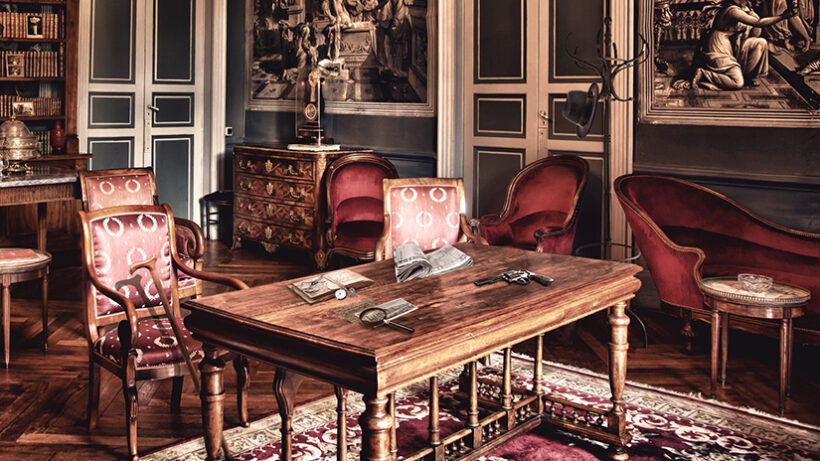
(Image credit: Cloudy2Clear)
If her work is anything to go by, Agatha Christie’s home will have undoubtedly featured an opulent 1920’s parlour room (where else would she reveal who did it?).
Her well-deserved title of ‘The Queen of Crime’ is built on her introduction of themes and motifs that are now considered classic mystery structure. Whether it’s the moustachioed Belgian detective Hercule Poirot or amateur sleuth, Miss Marple, Christie’s novels focus on detection, misdirection and shocking reveals; usually after gathering the surviving characters for maximum shocks.
Although Christie crafted well-developed characters that anyone can relate to, her novels are almost exclusively based around high society and set in grand locations. Naturally, a peek into her own home would reveal a similar level of class and grandeur.
With fine renaissance artwork, grand fixtures and furniture that would feel at home in any English manor house, It’s easy to picture her writing (or solving) mysteries behind her desk. Then again, Christie is a master of misdirecting her audience, so this could easily be her bathroom.
3. George Orwell
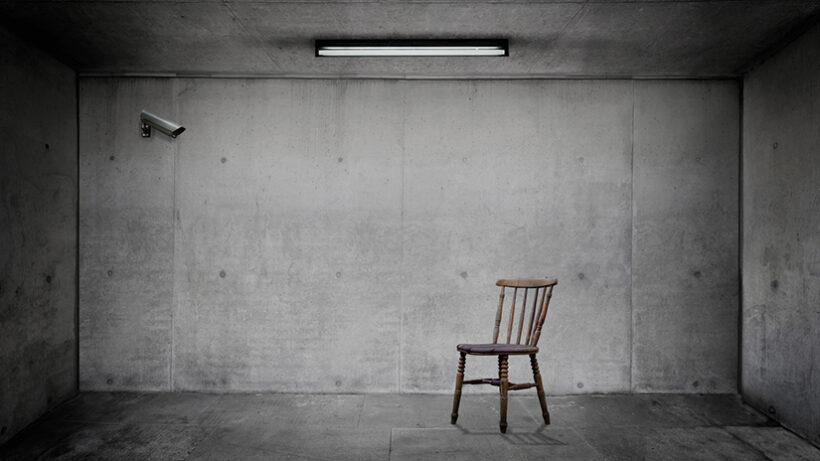
(Image credit: Cloudy2Clear)
Novels can often be left open to interpretation – but not with George Orwell. He believed that too much writing was used to trick and manipulate readers without speaking the truth. It’s easy to see this belief in Orwell’s own works, as he typically avoids overly-intricate and unnecessary language.
He makes the use of manipulation through language prominent in Animal Farm, as the pigs make use of propaganda and intricate speech to trick the other animals into a false sense of patriotism. 1984 reflects this theme too, as language is restricted to prevent people from putting their thoughts into words. Another issue Orwell raises is that of our societies need for constant surveillance – he even coined the popular term ‘Big Brother’.
When looking at Orwell’s home, it feels natural to allow his beliefs of honesty and truth to tailor the design. Even in our homes, we’re being monitored more than ever and Orwell wouldn’t shy away from that fact or try to convince himself otherwise.
4. Dan Brown

(Image credit: Cloudy2Clear)
Author of the bestselling Robert Langdon book series – think The Da Vinci Code and Angels and Demons – Dan Brown is a fan of conspiracy theories. Whether it’s secret societies or shady government agencies, Brown likes to have someone pulling the strings from behind the scenes.
Although previously criticised for melding fact and fiction, Brown heavily researches his subject matter. From religion to art history, Brown delves deep to find the (relative) facts.
Like any conspiracy theorist worth his salt, Brown’s home wouldn’t be complete without a secret, dimly-lit room to map out every detail and blow the case wide open. With plenty of source material to go on and a sense of organised chaos, Brown has everything he needs in his study to connect the dots and find out what’s really going on.
5. Tom Clancy
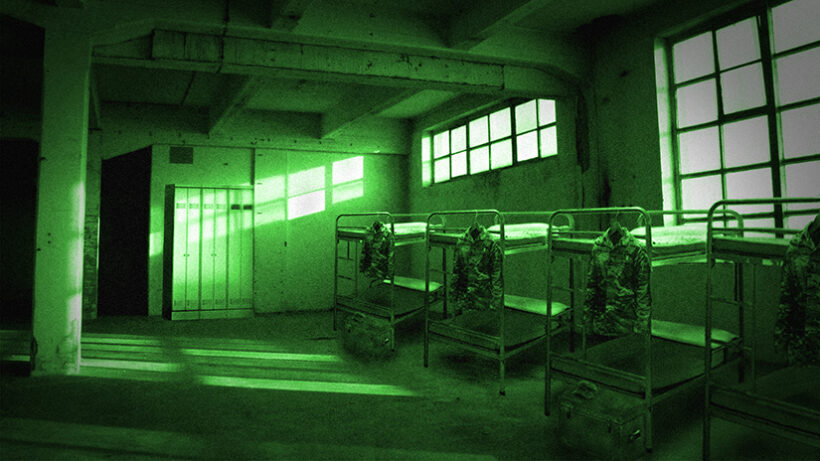
(Image credit: Cloudy2Clear)
Whether it’s war, terrorism or espionage – if there’s an immediate danger and a no-nonsense protagonist up against the odds, you’re reading a Tom Clancy novel. With his books being adapted into blockbuster movies, video games and TV shows, Clancy has cemented himself as the go-to storyteller for military thrillers.
Even Clancy’s writing style is disciplined to a military degree. He has described writing as similar to golf, stating that “It’s hard work. You do it and keep doing it until you get it right”.
It’s only natural that Clancy’s no-nonsense writing style and strong military themes would bleed into the design of his home. With a practically spartan setup in the bedroom and a night vision camera, Clancy is ready for anything.
6. Beatrix Potter
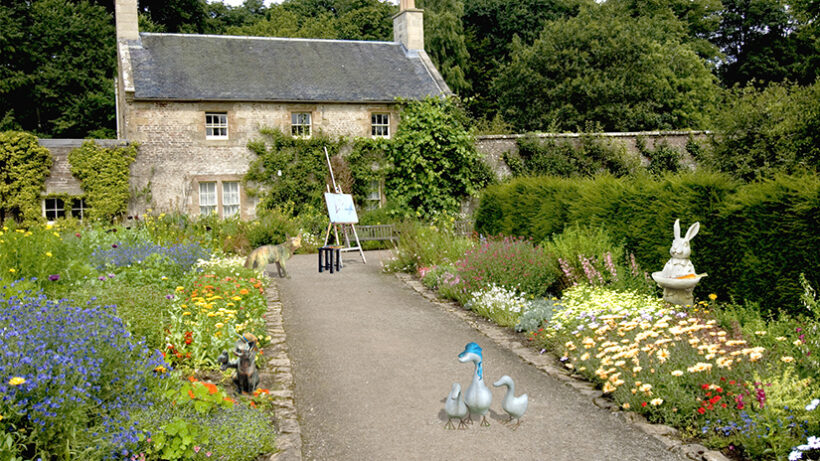
(Image credit: Cloudy2Clear)
One of the world’s most famous children’s author, Beatrix Potter created some of the most loved and well-known characters in literature. Potter was as much an artist as she was an author, bringing her work to life with fantastic splashes of colour.
Being a naturalist and keen lover of animals, it was only natural that her tales and illustrations would focus on animal protagonist – thus, the likes of Peter Rabbit and Mother Goose were born. Potter’s books were an instant success, combining her whimsical illustrations with realistic human situations and clear, easy to follow stories.
Potter was at her most inspired when holidaying in the Lake District, so it felt only right to design her garden. Full of life and bright, vibrant colours, Beatrix Potter’s garden is a feast for the eyes and a clear source of inspiration for both her writing and illustrating.
7. F. Scott Fitzgerald
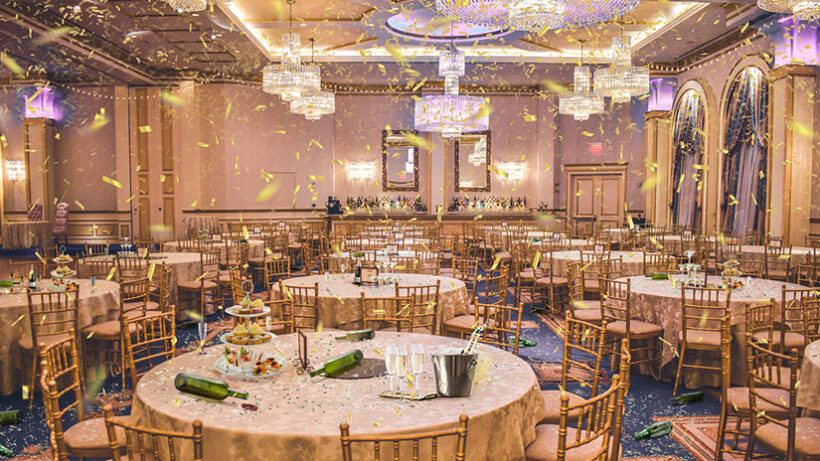
(Image credit: Cloudy2Clear)
Much like his most famous work, The Great Gatsby, F. Scott Fitzgerald loved a good party. Fitzgerald and his wife Zelda regularly used their villa in the south of France to throw extravagant get-togethers for their social circles: they were so successful, in fact, that the pair actually managed to popularise jazz in the region.
Much of Fitzgerald’s novels are influenced by his own life: whether it was Zelda, considered one of the original ‘flapper girls’, or his experiences with the social hierarchy of the Roaring Twenties. As Fitzgerald’s work shows his audience a glimpse of his life, we only need to leaf through the pages of his books to imagine what his home would look like.
Being a known socialite and a prolific drinker – Hemingway once said that Fitzgerald was the only man he had ever met who could outdrink him – it’s only natural that he would have a grand ballroom to host his legendary parties. In fact, it’s improbable that you could ever visit Fitzgerald’s home and not wander into the midst of a lavish event, or at least witness the aftermath.
8. Roald Dahl
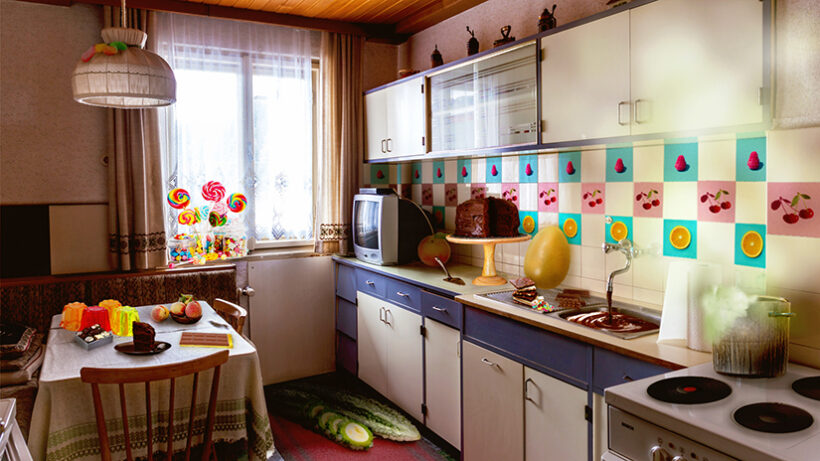
(Image credit: Cloudy2Clear)
If Beatrix Potter wasn’t your favourite author as a child, then it was probably Roald Dahl. Creating fantastical worlds on the page, Dahl’s work can be fun, humorous and occasionally frightening. Creativity is key with Dahl, with the only limit being your imagination.
If given the chance to snoop around Roald Dahl’s home, it’s the kitchen where you’ll find the fun. Dahl has had a strong connection with food from a young age, once stating that food is “one of the greatest innocent pleasures” and “a duty to be enjoyed by all”.
There’s no doubt that his stories are influenced by his own tinkering with recipes, as food plays a big role in his books – representing everything from rewards and greed to a matter of life and death. As well as traditional goodies like sweets and chocolate cake, Dahl has created some truly whimsical treats to get your mind racing and your stomach rumbling. From brewing potions to growing his own giant-sized snozzcumbers, Dahl’s kitchen is his playground.
